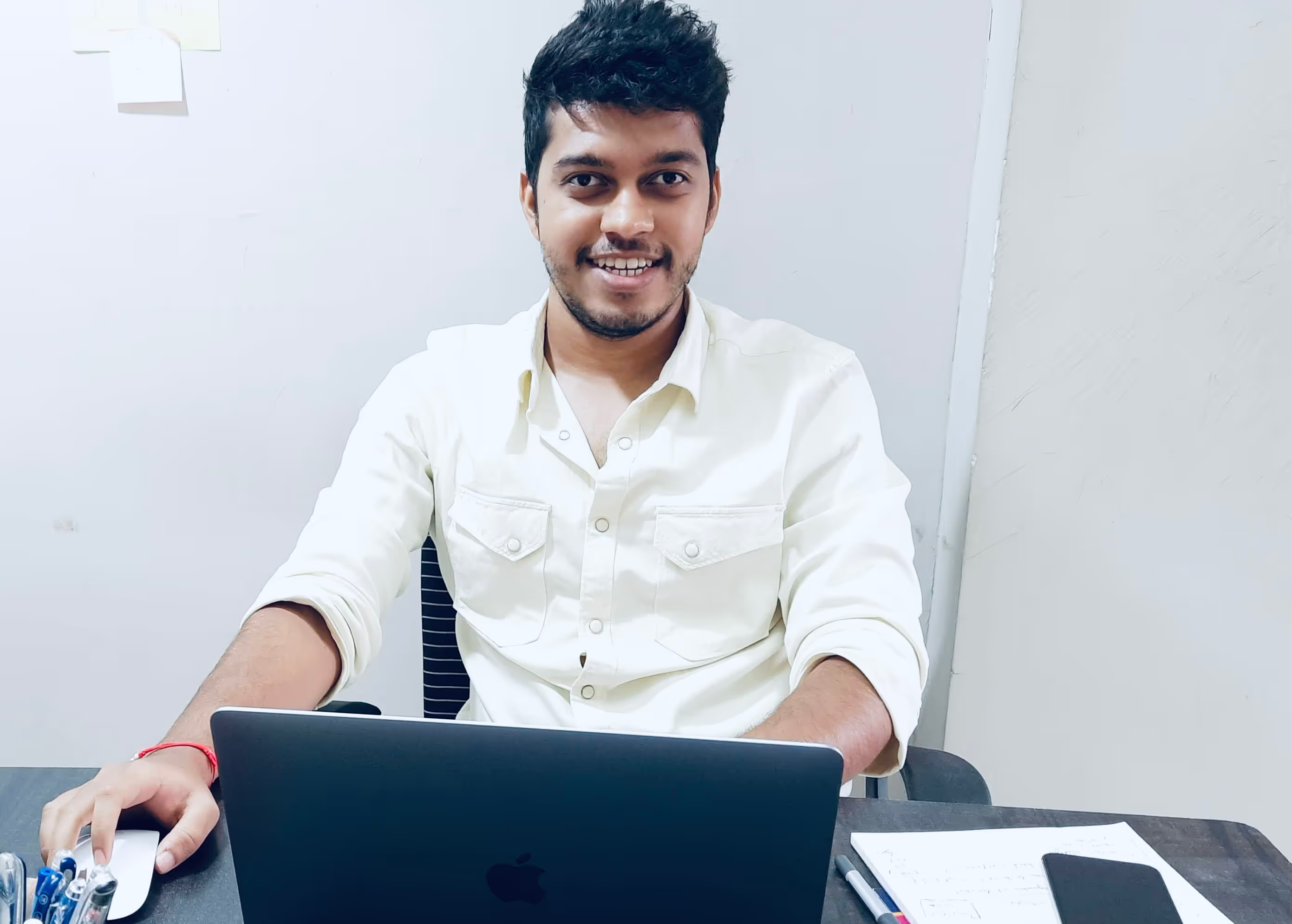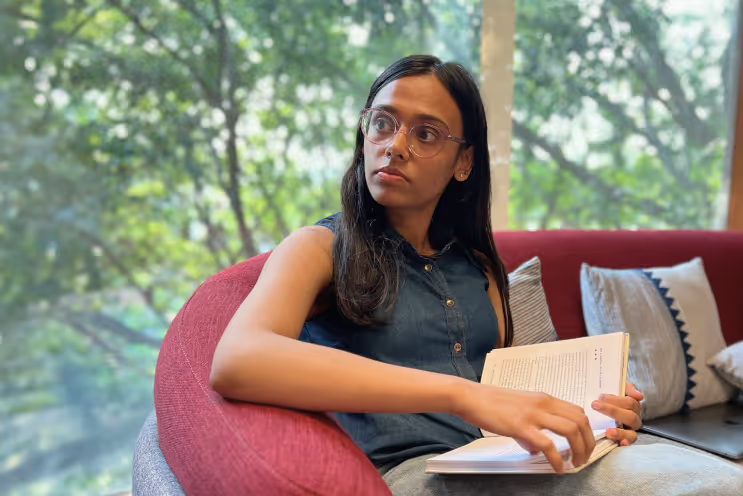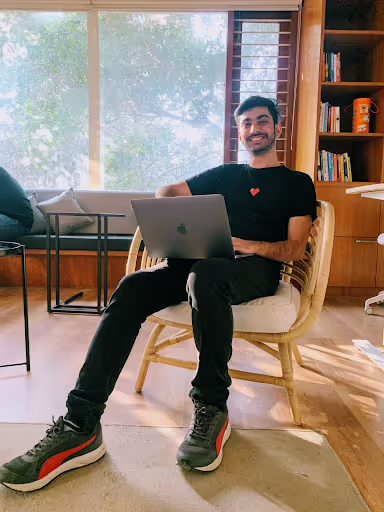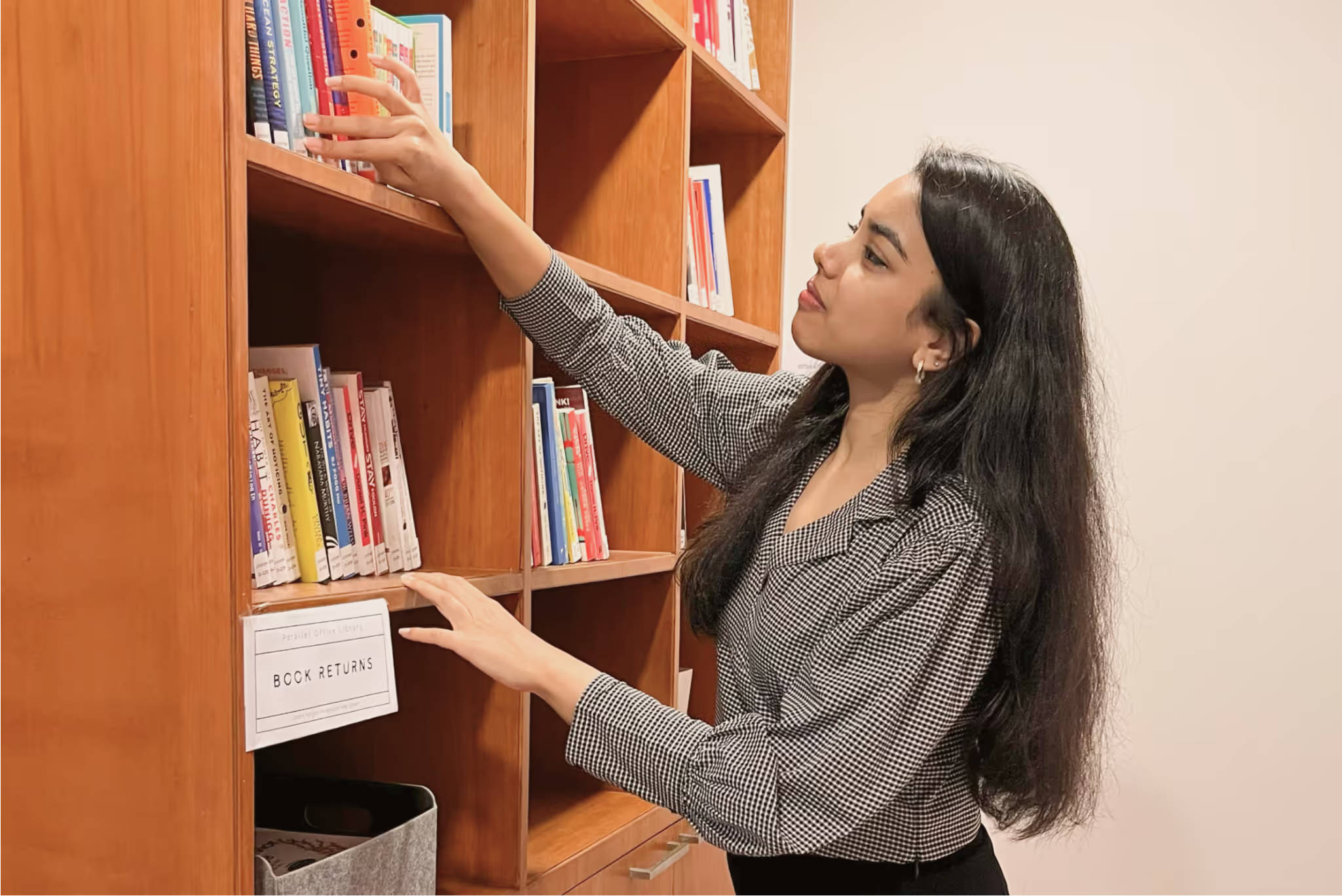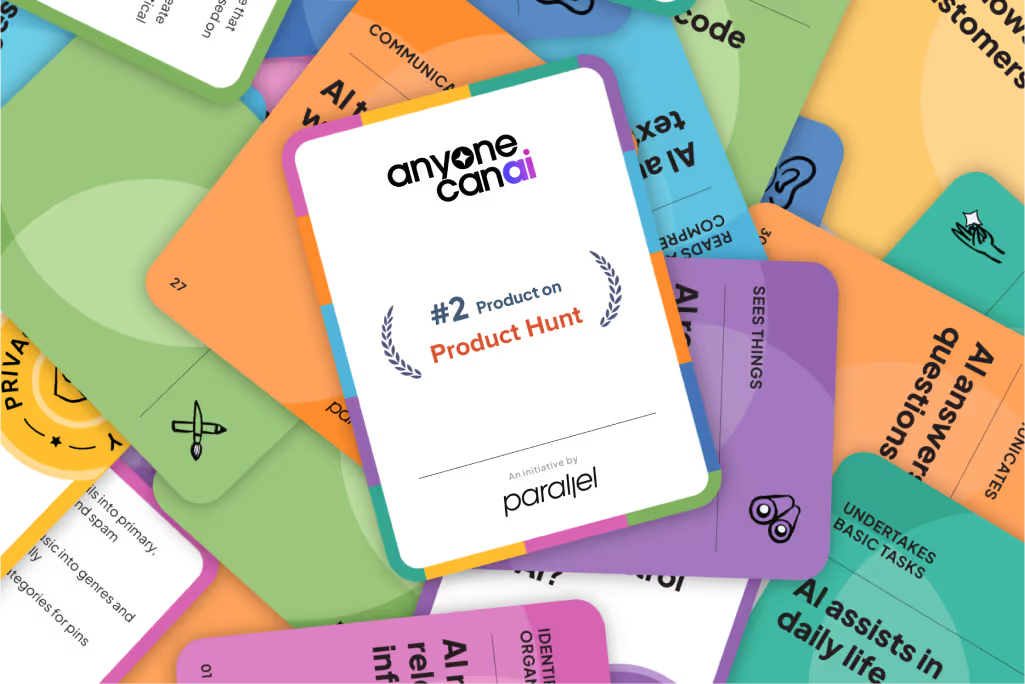Thinking beyond ‘Chat GPT for X’: Our first AI Ideation workshop
How our Problem Framing and AI Ideation workshop helped the folks at OpenNyAI Maker Residency reach AI enabled solutions
.avif)
One of our most innovative clients is Agami, which is a maker community of lawyers and technologists to transform the justice experience in India with AI public goods (models and APIs).
Agami hosted their OpenNyAI Maker Residency- A 5-day event of intense building and crafting innovative solutions to the problems of law and justice. Entrepreneurs and innovators delved into their ideas, prototyped them, received guidance from mentors, and collaborated with their fellow cohort members.
.avif)
What were we doing at a Maker’s Residency for the legal community?
We have been working with Agami on a couple of projects for the past year. Since they were familiar with our problem-solving framework, they wanted us to bring the same to the residency and help the participants get to better solutions, faster.
How did we help?
The participants gathered at the residency were not professional, hardcore product folks but domain experts who wanted to solve certain problems in their domain. We wanted our workshop to speed up their journey of going from a vague problem to a very defined solution.
So we created a workshop with a thought-through framework using AIxDesign’s AI Ideation cards to help the participants think through their problems deeper and derive divergent solutions on the back of AI.
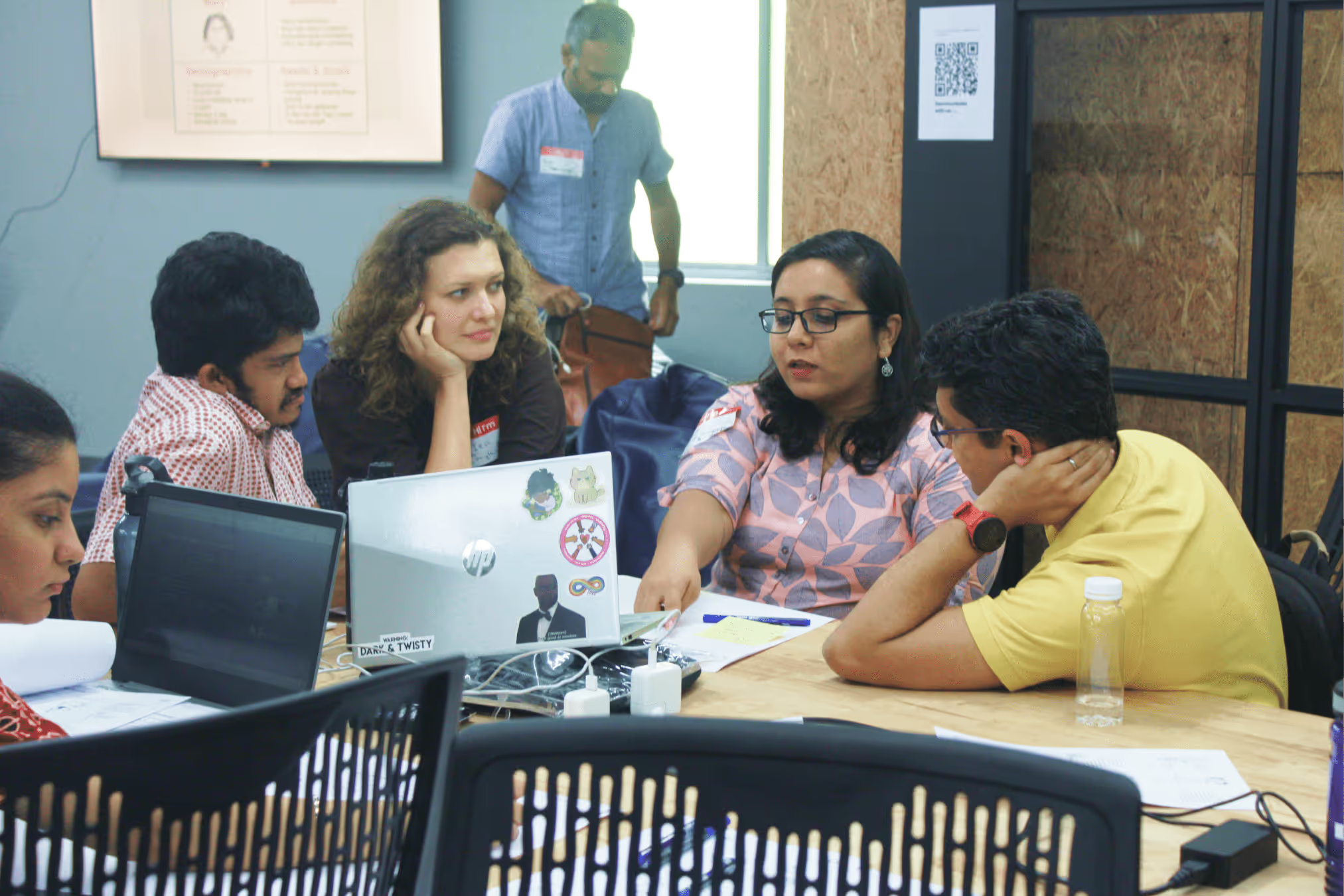
Breaking the “AI is Chat GPT conundrum”
Since it was an AI-focused makers’ residency, everybody was trying to solve problems by creating an AI-based tool.
When asked “Who wants an AI product”, everybody in the room raised their hands hands.
When asked “Who wants to build a ChatGPT for something”, everybody raised their hands again!
Interestingly, most of the teams were thinking along the lines of coming up with a solution through a chatbot, or simply ‘A Chat GPT for X’. Chat GPT’s boom has launched AI to the limelight for the common masses and it's only obvious for everyone to try to build on top of it as a way of solving problems. But the drawback of already starting with a solution in mind is that it narrows our thinking and makes us oblivious to other possible solutions to the core problem.
We wanted people to take a few steps back and start from scratch thinking about the core user problem.
Our framework did just that. People started talking about who their users are, what is their behaviour with respect to the problem, and what their goals and needs are. This created immense clarity about the problem and empathy for the user; which in turn brings out a lot of different problems the user is facing.
What’s next? Since there are a lot of problems on the table, you need to prioritize them in terms of different parameters like impact, feasibility, tech availability etc. And suddenly you have a key problem statement in front of you that the team can collectively work on.
Amazingly, so many teams completely changed what they were trying to do initially, after the first one-and-a-half hours of the session.
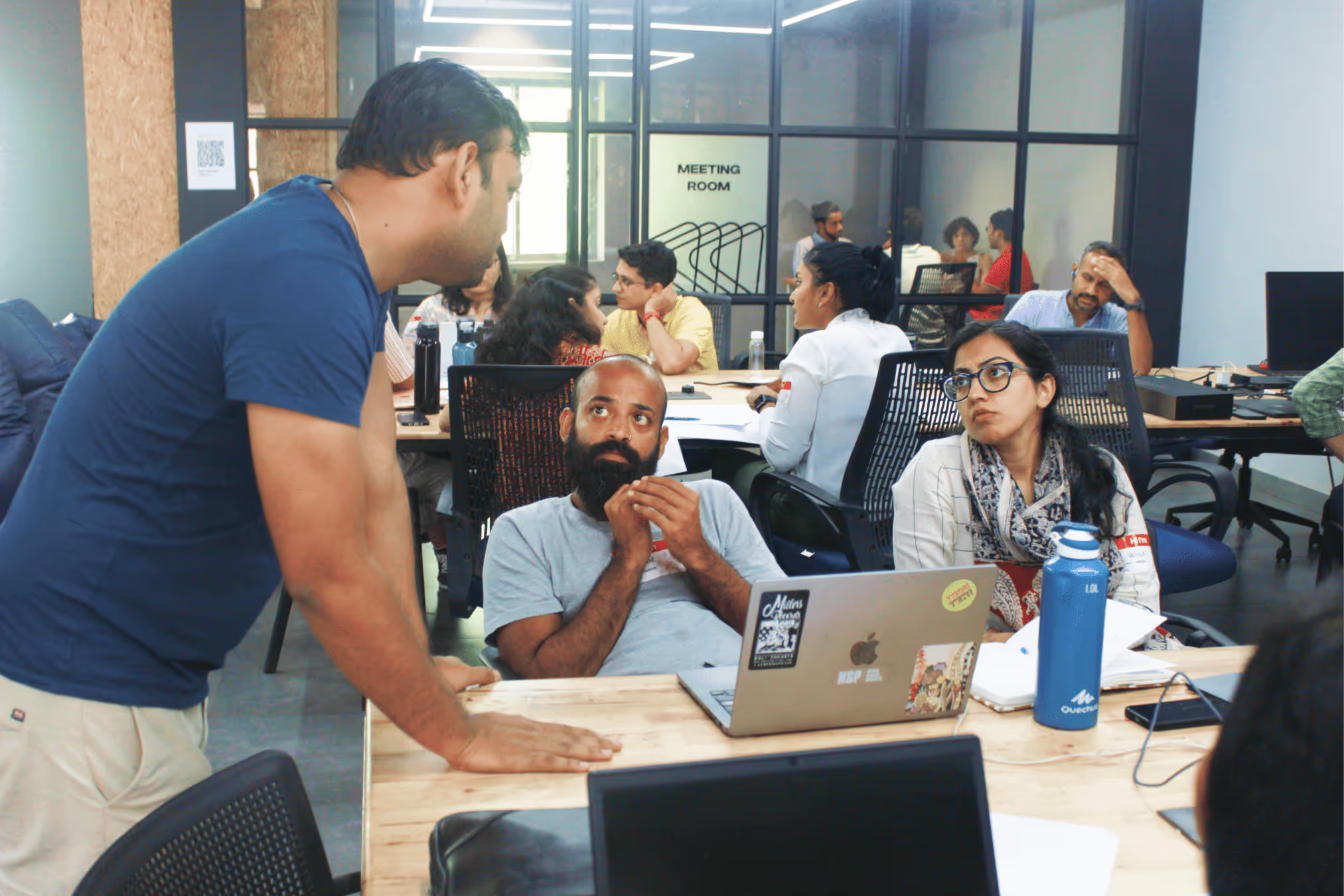
Contagious collaborative energy
While we have taken a lot of different sessions, nothing could beat the energy and intensity of the teams at the OpenNyai Residency. The moment anyone entered that room, they could feel the vibe that people intensely trying to solve something. It was structured chaos trying to self-navigate towards solutions that would impact the masses.
How(and why?) A 2-hour session turned into 4
It was just the energy that no one wanted to break. The organizers came to us 1:30 hours into the workshop and said, “We're cancelling the other two sessions in the afternoon, you have time till 4 PM.”
The idea of the residency was that people actually build stuff towards a tangible output rather than just hang out and discuss ideas.
Ultimately by the end of the day, most teams managed to get to a point where they had a very clear idea of what are they going to build during the next 4 days of the residency.
What did we learn?
The importance of problem-framing.
Often we just start building things keeping in mind just the outcome, but not the problem and that's where most of us go wrong. We start building something that may or may not be useful for the user and reach a dead-stop somewhere along our journey.
The teams at the Open NyAI residency went back and wrapped their day with a very clear idea of what exactly they were going to do in the next four days. What does their hack look like? Where does AI plug into their solution? What are they going to code? What are they going to build? What data is going to be needed? What is missing? What kind of algorithms they are going to explore? What kind of platforms they are going to use?
A 4-hour session is all they needed to turn their boats in the right direction.



